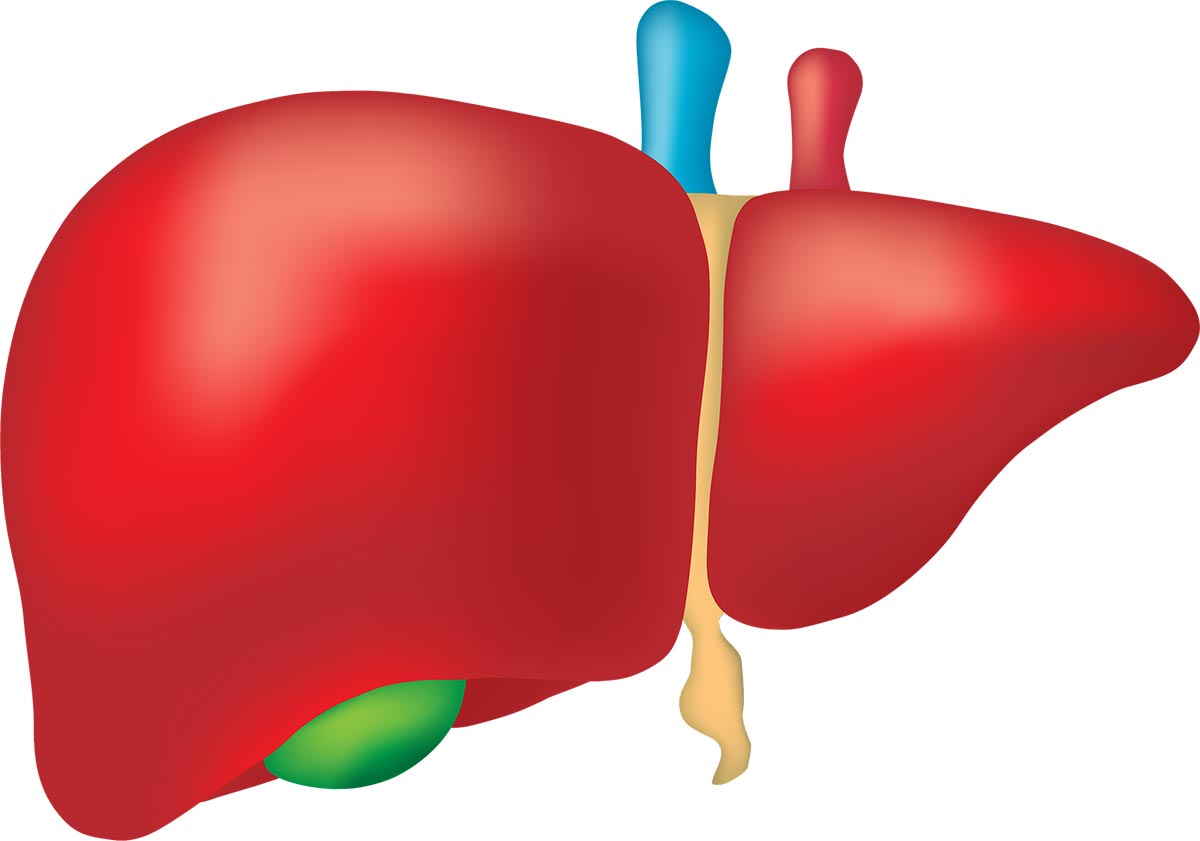Are you struggling to gain muscle despite hours in the gym? Whether you're a hard gainer or simply want to build an impressive physique, gaining mass requires more than just lifting weights. Scientific research continues to reveal new insights into how muscle hypertrophy works, and applying these principles effectively can make all the difference. Without proper knowledge, many individuals spend years training ineffectively, leading to frustration and stagnation. A structured plan backed by science is essential to ensure steady and sustainable muscle growth.
Nutrition: The Foundation of Muscle Building
The saying "you are what you eat" holds absolute truth when it comes to muscle gain. Your body requires high-quality macronutrients to build and sustain muscle. Prioritize whole foods rich in protein, healthy fats, and complex carbohydrates. Avoid highly processed foods, as excessive consumption of refined sugars and trans fats has been linked to inflammation and poor muscle recovery. Proper hydration also plays a crucial role in muscle function, as dehydration can negatively impact performance and recovery, leading to diminished results over time.
Know Your Metabolism
Understanding your metabolic rate is crucial. Some people have naturally high metabolisms that burn calories rapidly, making it harder to gain weight. If this applies to you, consume more calorie-dense foods like nuts, avocados, and lean meats. If your metabolism is slower, focus on balancing nutrient intake with strategic exercise to prevent excess fat gain. Adjusting meal frequency and portion sizes according to your metabolic type ensures that your body remains in an optimal state for muscle growth, preventing unnecessary fat accumulation while maximizing lean mass development.
Optimal Rep Ranges and Weight Selection
For effective hypertrophy, scientific studies suggest that lifting in the range of 4-8 repetitions with heavy weights stimulates muscle fiber recruitment and maximizes growth potential. Lower rep ranges (1-3) primarily build strength, while higher reps (10-15) focus more on muscular endurance. Progressive overload, where you gradually increase weight or intensity over time, is a fundamental principle that ensures continuous growth. Without progressively challenging your muscles, adaptation plateaus and progress stagnates, hindering your ability to build muscle efficiently.
Controlled Tempo for Maximum Gains
How you lift is just as important as what you lift. A controlled tempo of 3-1-3 to 4-1-4 (three to four seconds on the eccentric phase, a one-second pause, and three to four seconds on the concentric phase) has been shown to maximize muscle engagement and hypertrophy. This method increases time under tension, forcing your muscles to work harder during each repetition. Additionally, maintaining strict form and avoiding momentum ensures that target muscles receive the maximum workload, reducing the risk of injury and improving overall efficiency in muscle development.
Time Under Tension: A Crucial Factor
Muscle growth is influenced by time under tension (TUT). Keeping your muscles under strain for 30-60 seconds per set promotes an anabolic response. This duration optimally stimulates testosterone and growth hormone production, enhancing muscle repair and growth. Scientific research has found that maximizing mechanical tension and metabolic stress contributes significantly to hypertrophy. By carefully structuring your workouts to include appropriate TUT, you can ensure that each session contributes effectively to your muscle-building goals without overtraining or causing excessive fatigue.
Less is More: Optimize Workout Duration
Many bodybuilders mistakenly believe that longer workouts yield better results. However, scientific findings indicate that workouts exceeding 45-60 minutes may increase cortisol levels, leading to muscle breakdown. Train efficiently by focusing on compound movements and minimizing unnecessary rest periods. Intensity should always take precedence over duration; a well-structured 45-minute session can be significantly more effective than an unfocused 90-minute workout. By keeping your routines concise and targeted, you ensure maximum productivity while maintaining optimal hormone levels for muscle growth.
The Role of Cardiovascular Exercise
Cardio often gets a bad reputation in the bodybuilding community, but it is essential for overall health and body composition. Incorporating moderate-intensity cardio sessions 2-3 times per week helps optimize fat metabolism without compromising muscle gains. High-intensity interval training (HIIT) is particularly effective for preserving lean mass while reducing fat. Strategic implementation of cardio ensures that you maintain cardiovascular health while avoiding excessive calorie expenditure that could hinder muscle development. Finding the right balance between strength training and cardiovascular exercise is key to achieving a well-rounded physique.
Train According to Your Goals
Training should be tailored to your specific fitness objectives. If you aim for a lean and toned physique, prioritize moderate weights with higher repetitions. If maximum mass is your goal, focus on progressive overload with heavier weights and fewer reps. Consistency in training and progressive resistance is key to continued muscle growth. Tracking your progress, whether through a journal or digital tools, allows you to adjust variables like intensity, volume, and frequency to ensure continuous improvement and avoid performance plateaus.
The Science of Supplementation
Supplements can enhance muscle growth when used correctly. Creatine monohydrate, for example, has been extensively researched and proven to increase strength and muscle mass. Whey protein supports muscle recovery, while branched-chain amino acids (BCAAs) help reduce muscle breakdown. Always prioritize whole food nutrition first, using supplements as a strategic addition to your diet. While supplements provide convenience and targeted benefits, they should never replace a well-balanced diet. Understanding how and when to use them can significantly improve their effectiveness in supporting your fitness journey.
Smart Strategies for Long-Term Success
Gaining muscle mass is a journey, not a sprint. Set realistic goals, track progress, and adjust your diet and workout routine as needed. Prioritize sleep and recovery, as muscle tissue repairs and grows during rest periods. Implementing a structured plan will prevent frustration and accelerate results. Mental discipline and patience are just as crucial as physical effort. Staying consistent and making small, sustainable changes will ultimately yield the best long-term gains, keeping you motivated and progressing towards your ideal physique.
Building muscle effectively requires a combination of smart training, proper nutrition, and strategic recovery. With the right approach, anyone can achieve significant gains in muscle mass and strength. Stay patient, stay consistent, and most importantly—enjoy the process of becoming the best version of yourself. Long-term success comes from knowledge, commitment, and the ability to adapt to new scientific insights as they emerge.
Sources include peer-reviewed studies on muscle hypertrophy, metabolism, resistance training, and nutrition from leading medical and sports science journals.











